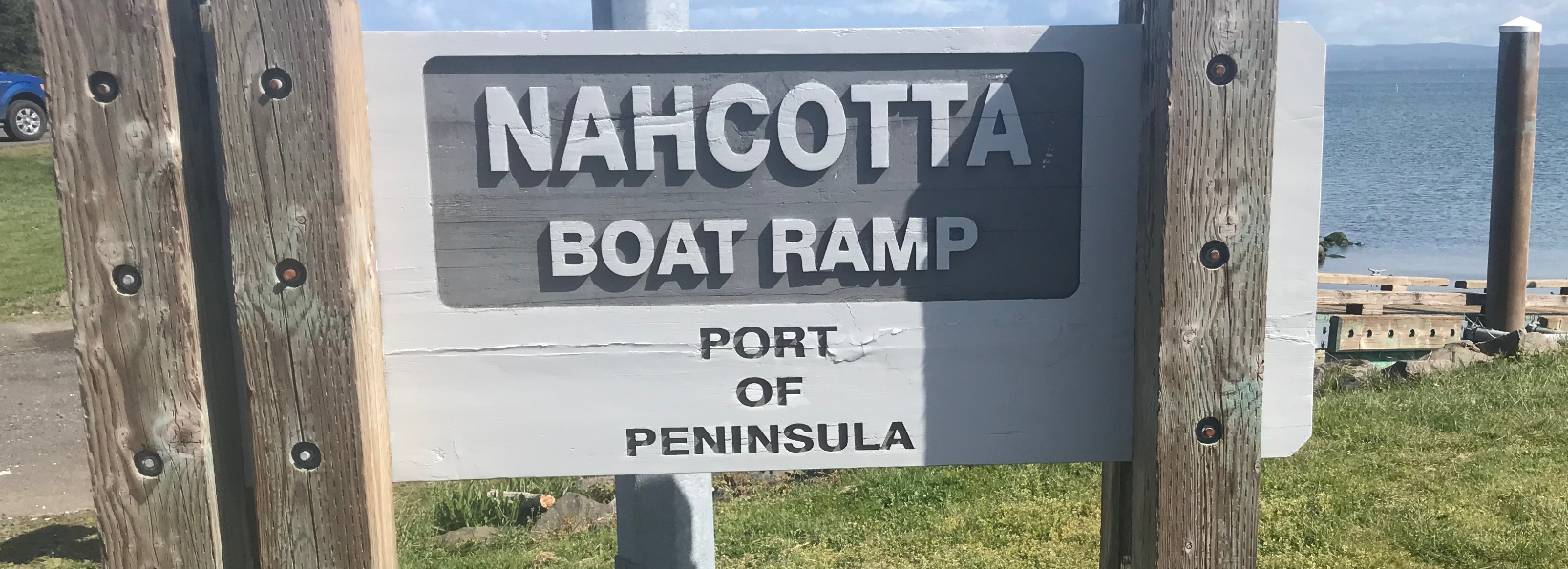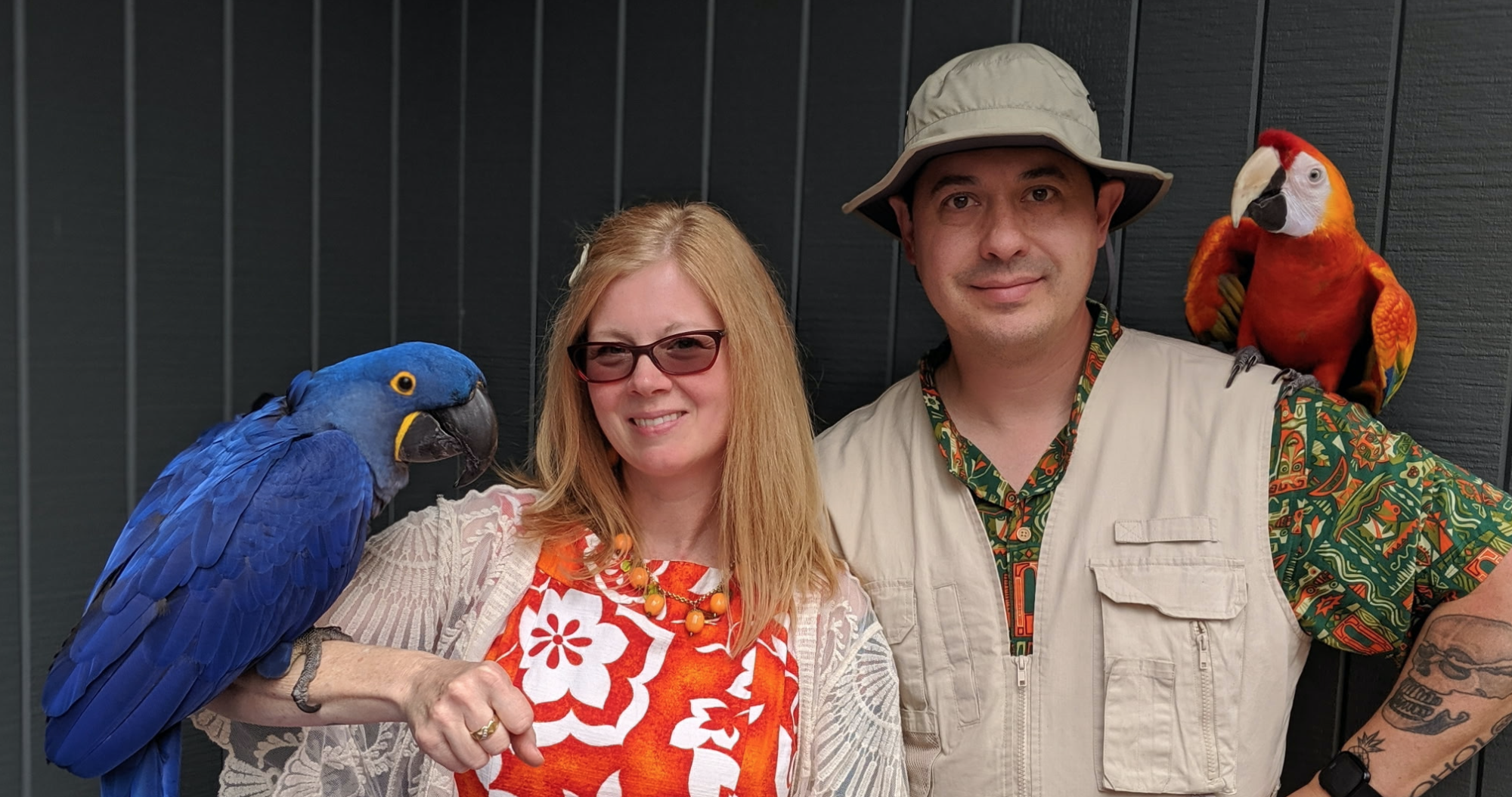Washington: Weekender Report
Published 5:00 pm Monday, May 28, 2007
REGION 6
Fishing: Harvest quotas for shrimp and halibut are going fast in some areas, although there’s still time to bring home limits of both species from waters still open to fishing. Meanwhile, freshwater anglers have a good chance of catching spring chinook salmon in several Olympic Peninsula rivers, trout in area lakes and also – starting June 1 – in dozens of rivers throughout the region.
Today (May 16) is the fourth – and last – scheduled day of the Hood Canal shrimp season, although it appears shrimpers will get an additional day to fish the 60-mile-long fjord. “We don’t expect to reach the available quota today, and may be able to announce a fifth day of fishing within a day or two,” said Theresa Cain, WDFW shellfish biologist. She recommended that shrimpers check the WDFW Fishing Hotline (360-902-2500) or website (http://wdfw.wa.gov/) for an update on the fishery.
Cain noted that calm weather and good fishing have brought out thousands of shrimpers during the past four days of shrimping on the canal. “We counted 1,407 boats on the water last Saturday, which was up from last year,” Cain said.
Four other marine areas — 4, 5, 6 (excluding the Discovery Bay Shrimp District) and 13 – remain open for shrimp fishing on a daily basis. Marine Area 11 (Vashon Island to the Narrows Bridge) had a one-day shrimp season on May 5. All areas still open for spot shrimp will close Sept. 15, or when the quota is reached.
Halibut fishers have also had to keep a sharp eye on area openings and closings in recent days.
The fishery off Westport and Ocean Shores set a record pace, prompting the closure of the Marine Area 2 halibut season after just six days of fishing. More people on the water, great weather and larger fish all contributed to anglers reaching the quota allocated for the area, said Carol Henry, WDFW fish biologist. The Westport fishery, which opened May 1, ran five days a week.
Meanwhile, halibut fishing in Marine Area 1 off Ilwaco is still holding steady seven days a week. “Anglers are generally catching their daily limit, with fish averaging 14 pounds,” Henry said.
Father north, halibut anglers fishing off La Push and Neah Bay (marine areas 3 and 4) were on the water in force for opening day on May 15. “The little boats were blown around a bit, but after the wind died down, the weather was pretty nice and the fishing for both halibut and lingcod picked up,” Henry said.
Halibut fishing in marine areas 3 and 4 will be open Tuesdays, Thursday and Saturdays until the May portion of the quota is reached. The fishery will then reopen on June 19 and 21 within certain boundaries. Coordinates are published in the 2007-08 Fishing in Washington pamphlet at http://wdfw.wa.gov/fish/regs/fishregs.htm. Henry reminds anglers that, starting May 21, recreational fishing for rockfish and lingcod in marine areas 3 and 4 is not allowed in waters deeper than 20 fathoms, except on days the halibut fishery is open. Coordinates can be found under Emergency Rule Updates at http://wdfw.wa.gov/fish/regs/fishregs.htm.
On the Strait of Juan de Fuca, anglers fishing near Port Angeles have been averaging one halibut for every four rods. Halibut fishing opens May 24 in Marine Area 5 (Seiku) and runs five days a week – Thursday through Monday – through Aug. 3.
Feeling competitive? Top prize in the 7th annual Port Angeles Halibut Derby on May 27-28 is $5,000. Ticket information is available at http://www.swainsinc.com or (360) 452-2357.
River fishing for trout opens June 1 statewide, with plenty of angling options throughout the region. Anglers are advised to check the 2007-08 Fishing in Washington pamphlet at http://wdfw.wa.gov/fish/regs/fishregs.htm for regulations that apply to specific rivers.
Meanwhile, WDFW continues to stock area lakes with rainbow and triploid trout, giving anglers a good chance to catch some nice fish in the weeks ahead. The best fishing occurs between opening day and the end of May, said Hal Michael, WDFW district fish biologist.
“As the weather warms up, fish are feeding more and apt to bite,” Michael said. “But when it gets too warm as summer comes on, they start to go deeper looking for cooler water. That’s when you see fishing for warm-water species such as bass pick up.”
Michael added that kokanee stocked in 2005 for this year’s season are also showing up in area lakes. “Kokanee fishing at Summit and American lakes has come on early and should be good for the next few weeks,” he said.
Michael reminds anglers that information on stocking schedules is available on WDFW’s website at http://wdfw.wa.gov/fish/plants/weekly/.
May 19 is Kids’ Fishing Day at American Lake, where youngsters can try for a trout or two. American Lake, which has produced good numbers of rainbow and kokanee this spring, will be stocked with some good-sized trout so everyone is sure to get a catch. Pre-registration for the popular event is required. Call (253) 798-4176.
On the Olympic Peninsula, spring chinook are returning to the Sol Duc hatchery and good numbers are anticipated through May and early June for anglers fishing the Quillayute and Sol Duc rivers, according to Mike Gross, WDFW fish biologist. Springer season also opens on the Hoh May 16, running Wednesdays through Sundays with a limit of one adult chinook per day.
Gross recommends fishers check conditions before heading out. “The snow melt is causing the river to run pretty milky right now, making for poor visibility and difficult fishing.” Gross reminds anglers fishing the Quillayute and Sol Duc to release all unmarked wild chinook.
Wildlife viewing: Birders traveling to Grays Harbor County have been treated to sightings of an busily storing its cache in a dead tree trunk off the Elma Gate Road near Oakville. This red-crowned, black and white woodpecker, famous for its “Woody Woodpecker” call, is normally found only among select oak groves in Klickitat County, which is the extreme northern edge of their breeding range. To find the bird off I-5, go westbound on State Route 12 to milepost 36.5, turn left on Blockhouse Road and continue south about one mile to the Elma Gate Road. Several western tanagers and a western scrub jay were also sighted nearby. In the Brady/Satsop area, 230 whimbrels heading for the Alaska tundra were counted in a field off the Wenzel Slough road, while a red-necked phalarope was seen at the Hoquiam sewage ponds.
On the Olympic Peninsula, birders participating in Clallam County’s International Migratory Bird Day on May 12 reported seeing 104 species between Cape Flattery and Sekiu. At Cape Flattery, spotters found sooty and short-tailed shearwaters, northern fulmars, a herring gull, Caspian and common terns, Bonaparte’s and California gulls, tufted puffins, a red-necked phalarope and a barred owl. Another migratory shorebird, the wandering tattler, was seen on the beach at Neah Bay as it rested on its flight from Central America to Alaska. Thirty-three bald eagles were observed feeding on fish heads, and birders counted more than 80 Wilson’s warblers in the vicinity.
This is the time of year for fledglings and newborns. Young juncos, pine siskins, sparrows, towhees and hummingbirds have been sighted recently throughout Puget Sound. Harbor seal pups are born from April to June in Grays Harbor and Willapa Bay, and spend several hours each day resting out of water on beaches or rocks.
People who encounter these newborns and believe they are abandoned or stranded are advised to leave them alone. Seal pups especially are vulnerable to humans and other animals if approached as they rest before moving back to the water with their mothers. Visitors to local beaches are asked to give the animal plenty of room, keep pets away and report any distressed animal to the Marine Mammal Stranding Network at (206) 526-6733, ext. 1.
REGION 5: Southwest Washington
Fishing: Areas of the lower Columbia River open May 16 for spring chinook salmon, summer steelhead and shad, but anglers may think twice about moving to the big river from the tributaries. “Catch rates for spring chinook have been pretty darned good on the Lewis, Kalama and several other rivers for the past couple of weeks,” said Joe Hymer, a WDFW fish biologist. “This is a good time to be out there.”
Some of the best action has been on the North Fork Lewis River, where boat anglers have been averaging better than one hatchery spring chinook for every two rods. In all, 166 boat anglers reported catching 83 adult springers and releasing another 16 in a weeklong creel check ending May 13. Bank anglers caught 10 spring chinook and release five more on the north fork that week.
Next in line was the Kalama River, where 56 boat anglers averaged one springer for every three rods and bank anglers averaged one in five. Catch rates have been lower on the Cowlitz River, Hymer said.
Farther east, anglers have been averaging one adult spring chinook for every four rods at Drano Lake and one in six on the Wind River, where the bag limit was raised to two springers or hatchery steelhead (or one of each). The upper river has been open to fishing since May 5. But fishing has generally been slow on the White Salmon River and the Klickitat River.
“This year’s spring chinook run has been a little late crossing Bonneville Dam,” Hymer said. “Not as late as last year, but late enough to affect fisheries upriver.”
Even so, fishery managers from Washington and Oregon have sufficient confidence in this year’s upriver run to reopen the spring chinook fishery in the lower Columbia River starting May 16. Through May 31, anglers can catch and keep six hatchery salmon – including two adult fish – from the Interstate 5 bridge downstream to the Tongue Point/Rocky Point line. Wild chinook and steelhead, as well as all chum and sockeye salmon, must be released.
That fishery had been closed since April 16 while fishery managers watched the counts at Bonneville Dam to determine if the upriver run will reach the preseason forecast of 78,500 fish. “We’re now fairly confident the run will be pretty close to that by the time the returns tail off in mid-June,” said Cindy LeFleur, WDFW Columbia River policy coordinator. “The peak of the run is over, but there are still a lot of spring chinook available for harvest.”
Other options include summer-run steelhead and shad, which also opened for fishing May 16 in the lower Columbia. The hatchery steelhead fishery overlaps the area open to spring chinook fishing, from Interstate 5 bridge downstream to the Tongue Point/Rocky Point line. The daily limit is two marked hatchery fish.
Shad fishing is open from Bonneville Dam to the mouth of the Columbia, with no bag limit and no minimum size. More than 17,000 shad were counted May 15 at Bonneville Dam. “The best time to hit them is when the counts start running to 20,000 to 50,000 per day,” said Hymer, noting that information about catching and preparing shad is available on the WDFW website (http://wdfw.wa.gov/outreach/fishing/shad/shad.htm).
Sturgeon opened to retention fishing May 12 downriver from the Wauna powerline crossing near Cathlamet and catch rates have been slowly improving in all areas. Bass, on the other hand, have practically been leaping into anglers’ boats, especially in the John Day Pool. Sixteen boat anglers fishing there during the week ending May 13 reported catching a total of 232 bass and releasing 187 of them. Thirty-eight boat anglers fishing the same waters also reported catching 50 walleye and releasing 16.
With dozens of rivers around the region set to open June 1 for trout fishing, anglers continue to pull rainbows, triploids and browns from lakes throughout the area. At Klineline Pond, bank anglers have been averaging over 1.5 trout per rod, mostly rainbows and browns. Mayfield Lake was stocked with 6,375 half-pound rainbows May 4, Sacajawea Lake was planted with 2,900 catchable-size rainbows May 7 and Fort Borst Park Pond got 3,000 catchables May 8.
Kress Lake will be closed to the public May 18-20 for a boating-safety event, involving more than 600 children and adults. The lake will reopen to public fish at 6 p.m. May 20.
Wildlife viewing: Young people, adults and families will have a chance to connect with nature and learn a variety of outdoor skills at the 2007 Youth Outdoor Adventure Expo May 18-19 at the Cowlitz County Expo Center, 1900 7th Ave., in Longview. The expo – which is free both days – is open to the general public Saturday, May 19, from 9 a.m. to 5 p.m. (Friday’s event is reserved for students in grades 3-8 and their teachers.)
Designed to introduce youngsters to outdoor activities, the expo will feature instruction and demonstrations by more than 160 outdoor experts and educators in outdoor skills. Activities will include fly tying, casting, catch-and-release fishing, firearm safety, outdoor survival, hunting, compass reading, boating, marine touch tanks and bird identification.
“Young people increasingly spend more time exploring the Internet than the outdoors,” said Bonnie Long, WDFW public outreach manager. “That’s why these events, which offer ways for children to experience their outdoor heritage, are so important. These youngsters will soon be the stewards of our lands and wildlife.” For more information on the event, call Jackie Jones at (360) 864-4259, or Bonnie Long at (360) 902-8308.
The mighty sturgeon then takes center stage June 2-3 at the 11th annual Sturgeon Festival, hosted by WDFW and the City of Vancouver. The popular festival, which celebrates the Columbia River icon, runs from noon to 4 p.m. both days at the Water Resources Education Center, 4600 S.E. Columbia Way in Vancouver.
The event includes entertaining and educational activities for all ages. Teens and adults can discuss environmental issues and career opportunities with staff from natural resource agencies and environmental organizations. They’ll also have an opportunity to learn about sturgeon and salmon anatomy, and find out what sort of aquatic life inhabits the backwaters of the Columbia River.
Environmental games and relays and interactive learning stations will also keep younger children entertained. Special events include Portland Audubon Society’s Rap with Raptors, Oregon Zoo’s Condor presentation, Mother Nature’s Garden, Reptile Man, and Eartha the Clown.





